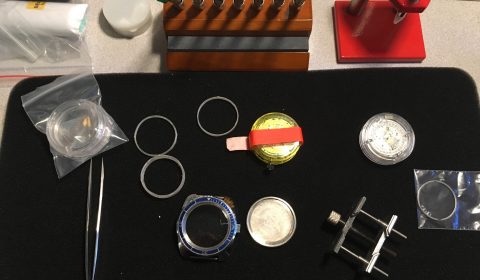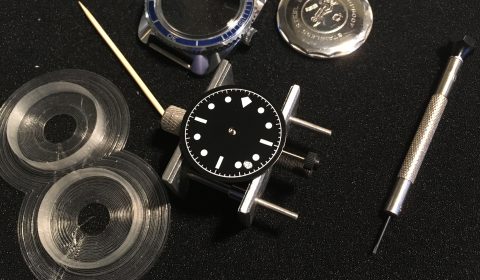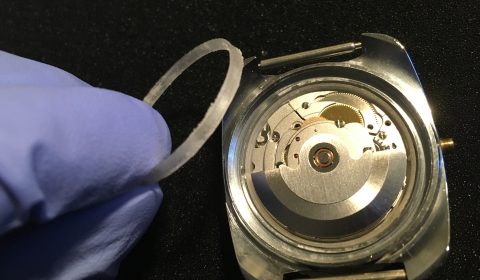
In the world of watchmaking and 3D printing, there isn’t much overlap yet.
But, and forgive the pun here, times are changing.
From the story of how two college students starting Vortic watches to solve the problem of bringing back American watchmaking through the 3D printing and manufacturing all new cases in Titanium for watch movements that are 90+ years old. To the story of one guy in Florida wanting to 3D print everything short of the movement its self with Rivkah Watches : Horology and technology are beginning to intersect.
The principles behind both of these stories are simple; someone trying to solve a problem. 3D printing has become the defacto thinking when it comes to prototyping and simple manufacturing. But, there are some pitfalls to this kind of manufacturing. First is time. It takes A LOT of time to 3D print. Where you might save time in the cost of printing, you might have to make up in finishing your product. Vortic discovered this in their 3D printing of Titanium. On the other hand, Rivkah is working directly with the end user customizing each piece to the client’s need. Something that is unheard of in the realm of mass production watchmaking. Here, the time it takes to print each piece is irrelevant as the time invested in each piece adds value to each client.
In my case, I acquired a piece of the past. A vintage (circa late 1970s by my estimate) skin diver case to hopefully fit an ETA 2824 movement to. Because of the diameter of the base plate to this movement, standard off the self retaining rings are too big to affix this movement to this small case, so I began to see if I could design a ring system that would work. I 3D printed two sections, the first as a spacer for the lower part of the movement where it meets the dial, and the second to sit on top that ring with a gap for the winding stem to press against the back of the case. This two part system would allow me to install the watch movement with out really requiring the standard two mounting screws and locking tabs.
The prototype went through several iterations and fundamentally worked- accept for a slight problem; the height of the automatic winding rotor. The case back does not have enough clearance for it to spin completely free. I suspect this case was designed for a manual winding movement. But the process was still yielding a lot of good tricks.
As much as I love the workhorse of the ETA2824 (or the Seagull equivalent) movement…I HATE the keyless mechanism design of this movement. As in my Bellingham Bay prototype, when I reinserted my winding stem once I had it at the right length, I bound the keyless up again! Meaning, I am unable to set time on the movement, until I go into the movement and repair it…again.
At least a prototype watch still tell time correctly…twice a day.








You must be logged in to post a comment.